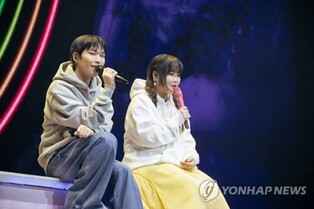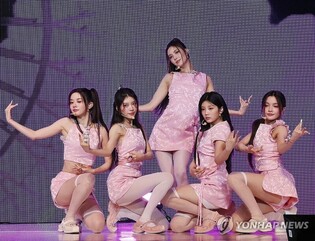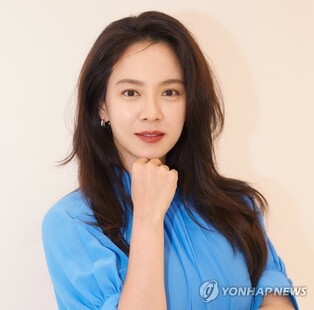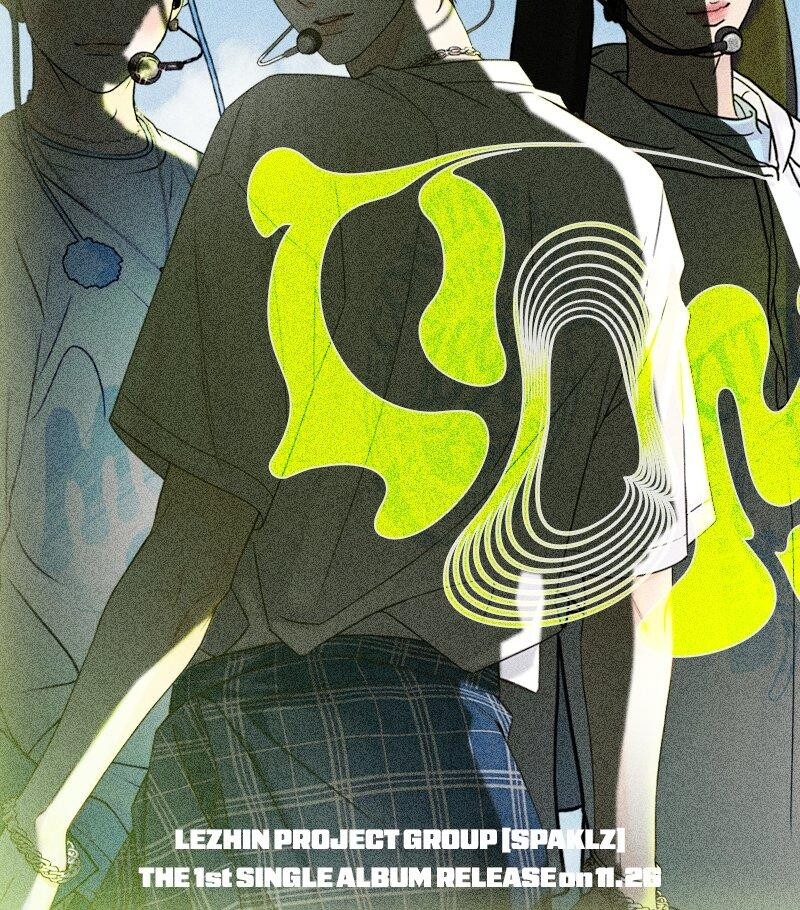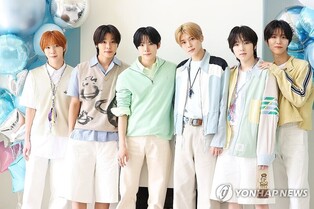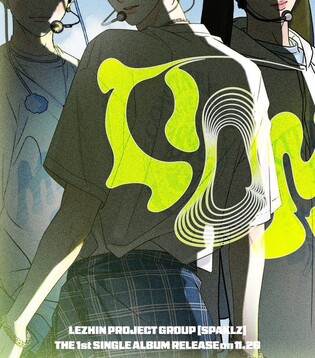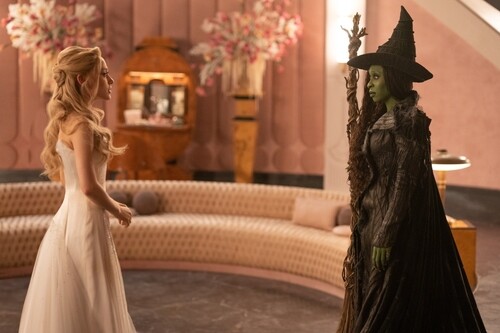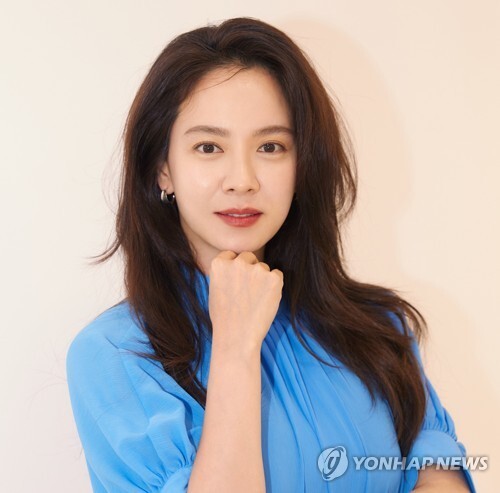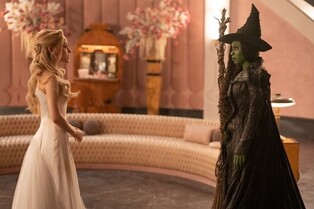*Editor’s note: K-VIBE invites experts from various K-culture sectors to share their extraordinary discovery about the Korean culture.
[Larger Than Architecture] Chapter 1. This World We Live In
Ep. 8. Korean Masterpieces of Writing
By Kim Won (Master K-architect)
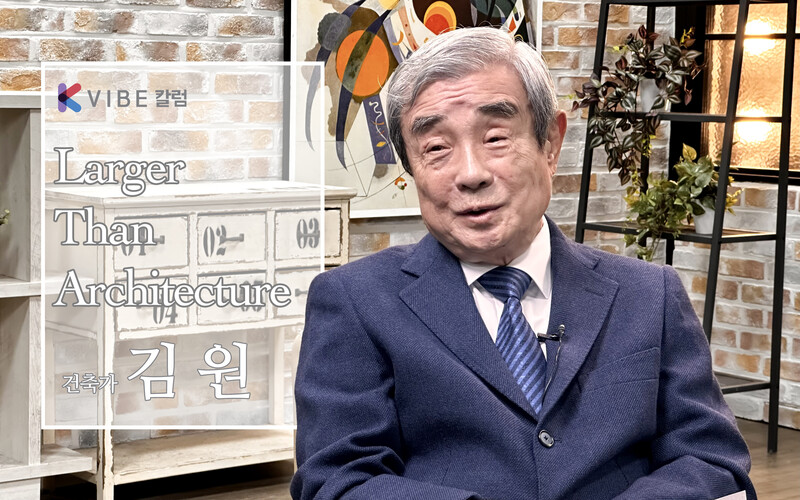 |
The foremost example of 20th-century Korean prose must undoubtedly be selected from the poems of Midang Seo Jeong-ju. In my opinion, no one has honed the beauty of the Korean language as exquisitely and uniquely as Midang. Personally, I particularly favor the line from his poem "Self-Portrait" in which he writes, "Eighty percent of what raised me was the wind." This expression, representing the epitome of 20th-century Korean prose, is heartbreakingly poignant and simultaneously tearfully beautiful.
"Eight parts of what raised me were the wind.
The world is shameful no matter how far I go.
Some read a sinner in my eyes,
Some read a fool in my mouth,
But I regret nothing."
Secondly, rather than beautiful sentences in poems or novels, I thought of Yi Yang-ha's essay "The Dignity of Trees," which contains philosophy and contemplation. Despite being educated in the Western tradition, Yi's fundamental view of trees aligns with the Eastern perspective of nature. It resonates with the philosophy of figures like Hong Dae-yong and Park Ji-won, who emphasized the equality of all beings, and even extends to modern environmental concerns. He insightfully criticizes the development logic that later emerged.
[The first summer is most beautiful for its sunlight. Roses blooming in the neighbor's yard are lovely, and wild roses draped over fences along the street are charming and beautiful. It can be called the season of sunlight, the season of roses. But above all, it is the season of trees. Though the fresh green has passed, the trees are fully prepared to enjoy the splendor of midsummer with their lush leaves. The joy and comfort that trees provide should never be underestimated.
Plum, peach, apricot, azalea, forsythia, rose, peony—all are colorful and dazzling, capturing people's eyes and hearts. But compared to the gentle and wholesome charm of the green trees, they appear somewhat shallow and gaudy. The trees in our village, such as pine, evergreen, acorn, willow, pine nut, oak, and zelkova, are not inferior to the flowers mentioned. Each tree has its unique appearance and charm, making it impossible to judge them by rank or clarity. A five or ten-minute walk brings you to Sungkyunkwan, where a huge ginkgo tree stands like a cloud, witnessing our nation's sorrow at the end of the Joseon Dynasty, the Imjin War, and the peaceful and prosperous times when scholars gathered at Myeongnyundang to study. Despite its old age, its vitality remains strong, its old leaves and sturdy branches unshaken by any ordinary wind. This tree, which has seen the bitterness and sweetness of life and accepts everything without distinction, embodies the noble and serene dignity that flowers cannot hope for and that we humans can never attain. The presence of such trees makes us realize how insignificant we are, entangled in the pursuit of fame and swayed by the world's judgment. As the season of roses passes and old age approaches, it would be a great blessing to spend the remaining years in the company of such trees.]
The third masterpiece that cannot be overlooked is the "Declaration for the Protection of Freedom of the Press" and the "National Declaration for the Restoration of Democracy" during the dark times of 1974. These declarations may not be exceptional in literary terms, but they are unforgettable masterpieces. During the most oppressive dictatorship, amidst emergency measures, the National Security Law, death sentences, kidnappings, and torture, these declarations voiced a blood-stained cry that awakened the spirit of democracy in everyone. They must be remembered for posterity.
From Monthly Chosun, July 2000.
(C) Yonhap News Agency. All Rights Reserved


















